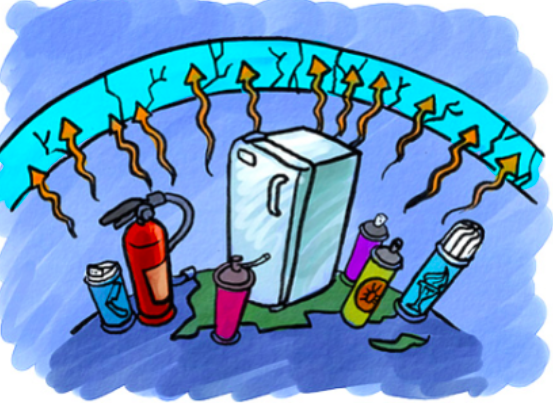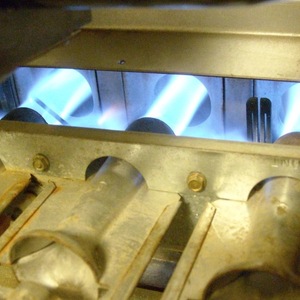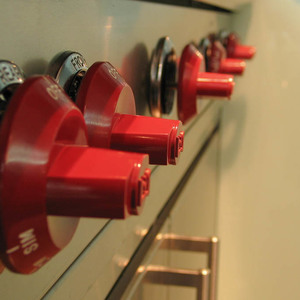
Four years ago, researchers at the California Air Resources Board (CARB), published their findings on indoor ozone levels and associated exposures from 17 consumer products and home appliances. While ozone high in the atmosphere protects us from the sun’s damaging rays, at ground level, where we breathe, it can be toxic. Ground‐level ozone can cause serious adverse health effects, including chest pain, coughing, throat irritation, and airway inflammation. It also can reduce lung function and harm lung tissue. Ozone can worsen bronchitis, emphysema, and asthma, leading to increased medical care.
Yet 9 of the 17 appliances researchers tested released ozone at measurable levels, well above recommended concentrations. One vegetable washer increased room ozone concentration “over 28 times higher than the level of the 1-h California Ambient Air Quality Standard for ozone,” researchers found. The use of some products, such as certain refrigerators and air purifiers, contributed to 87% of the residents’ total daily exposures to ozone. The results showed some products may result in potential health impacts. One whole-house air-purification system that researchers tested produced ozone concentrations equal to a Stage 1 smog alert—so much for improving indoor air quality.
Since 2016, CARB has set ozone standards for indoor air purifiers, but other appliances remain unregulated. Products such as refrigerator air purifiers, facial steamers, vegetable washers, and laundry water treatments use ionizers or built-in ozone generators. Ultraviolet (UV) bulbs—now popular as a means to fight viruses—produce ozone as an antiseptic. UV radiation causes oxygen molecules (O2) to break up and form ozone (O3), replacing an airborne virus with an air pollutant that sometimes causes similar symptoms to COVID-19.
Regulating indoor ozone
Right now, indoor ozone regulation occurs voluntarily. For example, some UV lights used in air-cleaning appliances are made with quartz glass doped with titanium. This manufacturing method blocks the shorter-wavelength, high-energy…
Weekly Newsletter
Get building science and energy efficiency advice, plus special offers, in your inbox.

This article is only available to GBA Prime Members
Sign up for a free trial and get instant access to this article as well as GBA’s complete library of premium articles and construction details.
Start Free TrialAlready a member? Log in











0 Comments
Log in or become a member to post a comment.
Sign up Log in